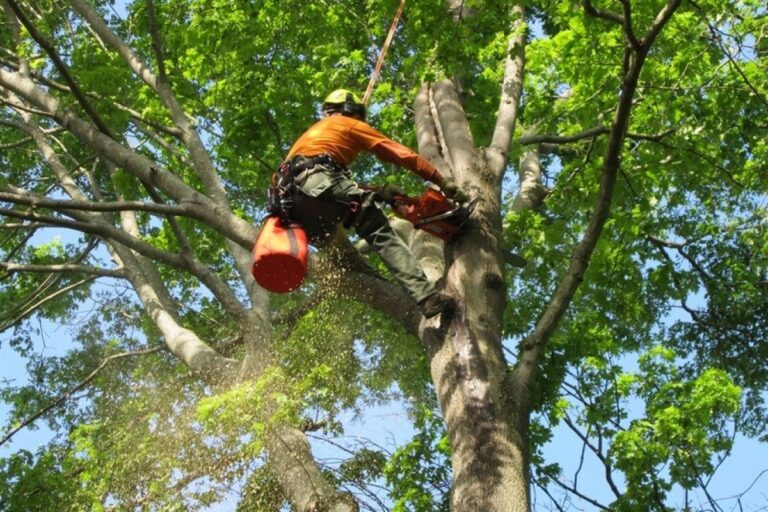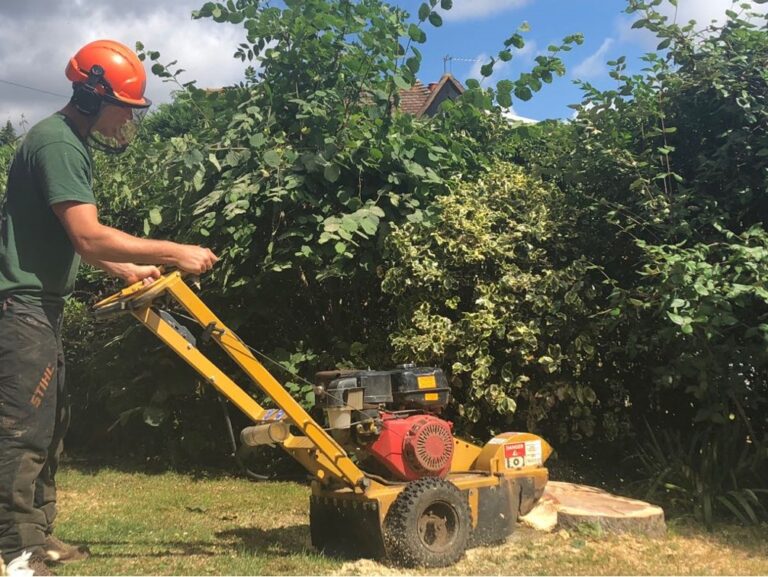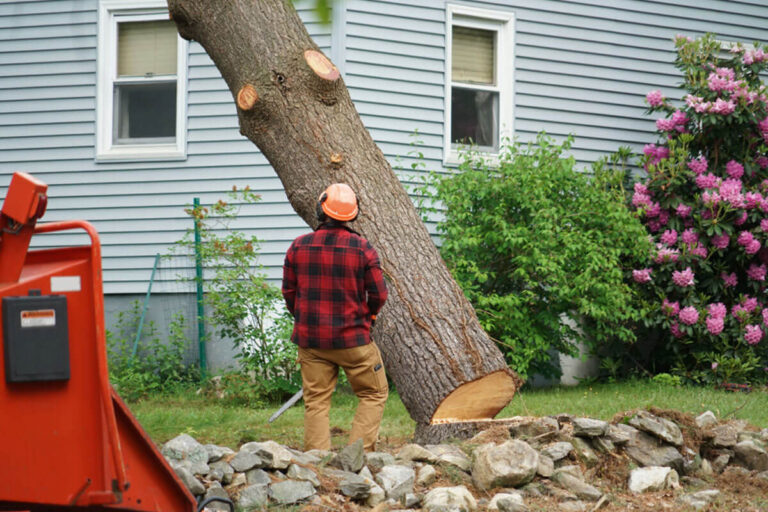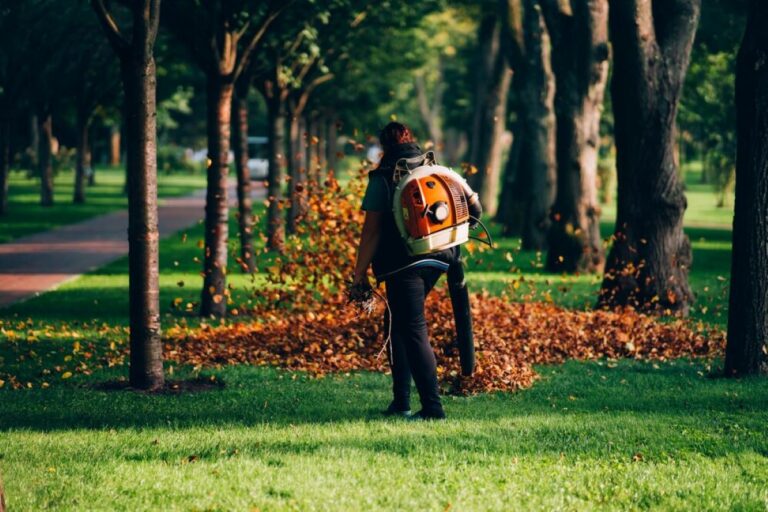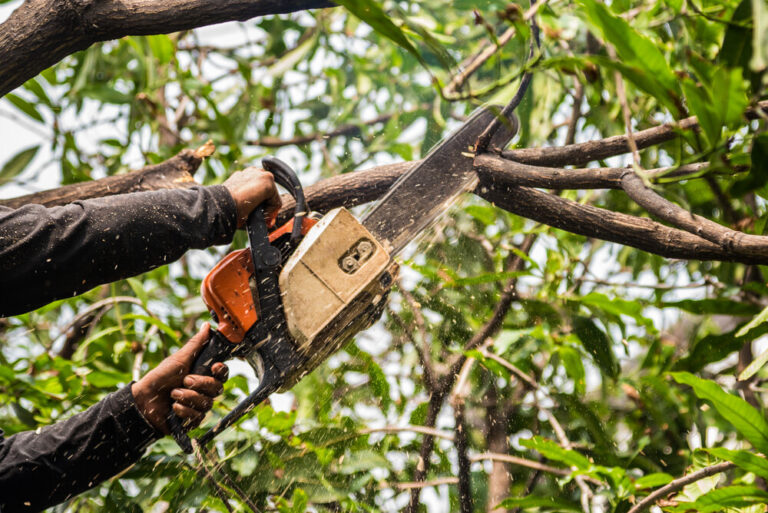The Blue Mountains, known for its stunning landscape and breathtaking scenery, holds a hidden beauty that lies beyond the canopy. While tree removal may initially seem counterintuitive to preserving the natural beauty of this unique region, it is often a necessary step in maintaining the delicate balance between aesthetics and sustainability.
Understanding the Need for Tree Removal
Tree removal is a crucial aspect of maintaining a safe and aesthetically pleasing environment. While trees are undoubtedly valuable assets to our landscapes, there are instances where their removal becomes necessary. It is important to understand the reasons behind tree removal Blue Mountains to make informed decisions and ensure the well-being of both our surroundings and ourselves.
One common reason for tree removal is disease or pest infestation. Just like humans, trees are susceptible to various diseases and pests that can compromise their health and structural integrity. For example, Dutch elm disease is a fungal infection that affects elm trees, causing them to wither and die. Similarly, the emerald ash borer is an invasive beetle that has decimated countless ash trees across North America. In such cases, removing the infected or infested tree is essential to prevent the spread of the disease or pest to other healthy trees in the vicinity.
Another factor that may necessitate tree removal is structural instability. Trees that have grown too close to buildings or power lines can pose a significant risk to property and human safety. Over time, their roots can undermine the foundation of a structure, leading to costly repairs or even collapse. Additionally, when branches or limbs become weak or diseased, they can easily break off during storms or high winds, potentially causing damage to nearby structures or endangering people below. In these situations, removing the tree is a proactive measure to prevent accidents and protect both property and human lives.
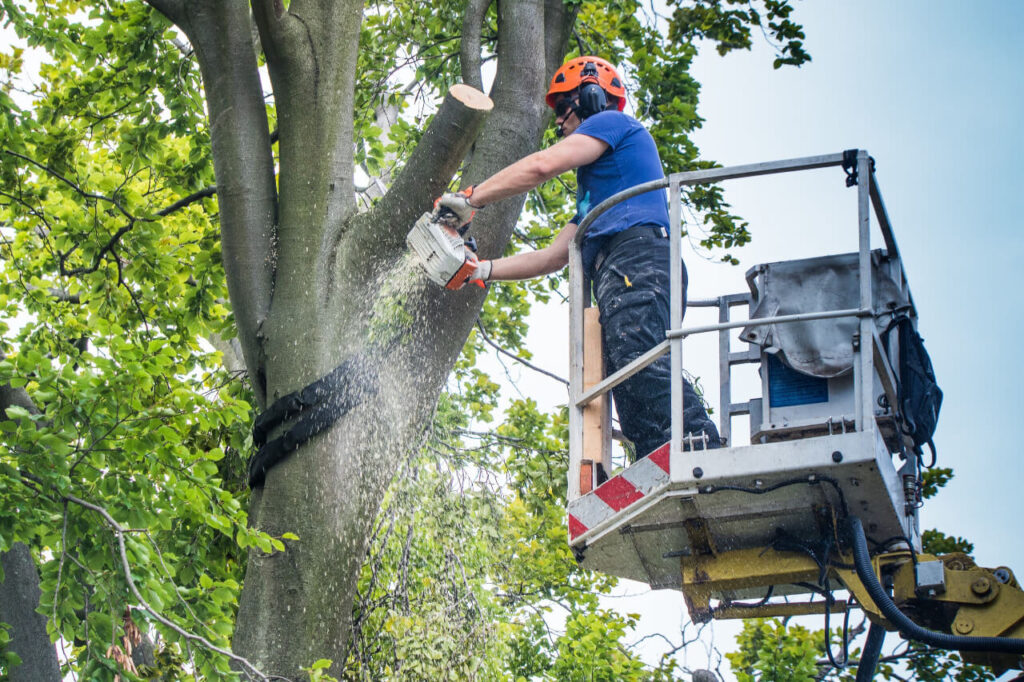
Tree removal in the Blue Mountains is not a decision taken lightly. It is essential to understand the reasons behind these processes to fully grasp the importance of their role in maintaining the ecological integrity of the region.
The Ecological Impact of Tree Removal
Tree removal, when done responsibly and selectively, can have positive ecological impacts. It allows for the regeneration and growth of other plant species, enhancing the diversity of the ecosystem. By removing certain trees, sunlight can penetrate through the dense forest, promoting the growth of understory plants and fostering a thriving habitat for various wildlife.
Balancing Aesthetics and Sustainability
Preserving the natural beauty of the Blue Mountains requires a delicate balance between aesthetics and sustainability. While tall, mature trees contribute to the region’s grandeur, overcrowding can lead to various problems like increased risk of forest fires and weakened trees susceptible to diseases. Tree removal, when carried out with careful planning and consideration, helps create a sustainable environment that is both visually appealing and ecologically sound.
Furthermore, tree removal in the Blue Mountains is often necessary to protect the surrounding communities from potential hazards. Overgrown trees can pose a significant risk to nearby homes and infrastructure, especially during severe weather events. By removing these hazardous trees, the safety of residents and their properties is prioritized, reducing the likelihood of accidents and property damage.
Expertise and Precision
Tree removal in the Blue Mountains requires the expertise and precision of skilled arborists. These professionals are trained in identifying the trees that need to be removed and employing the most appropriate techniques to ensure minimal impact on the surrounding environment. They carefully assess the health and structural integrity of each tree, considering factors such as disease, decay, and proximity to power lines or buildings.
Arborists also play a crucial role in the post-removal phase, ensuring that the area is properly cleaned up and any debris is safely disposed of. This meticulous attention to detail guarantees that the ecological balance is maintained and that the Blue Mountains continue to thrive as a natural haven for both flora and fauna.
The Process of Tree Removal in the Blue Mountains
The process of tree removal in the Blue Mountains is a highly skilled and specialized task that requires adherence to strict safety measures and the use of appropriate techniques and tools.
When it comes to tree removal, safety is of utmost importance. Trained professionals in the Blue Mountains understand the potential risks involved and prioritize safety above all else. Before any work begins, a thorough assessment of the area is conducted to identify any potential hazards. This includes evaluating the tree’s condition, its proximity to buildings or power lines, and the stability of the surrounding terrain. By identifying these risks, professionals can take the necessary precautions to protect both themselves and the environment.
Safety Measures in Tree Removal
Prioritizing safety is paramount during tree removal operations. Trained professionals assess the area to identify potential risks and take necessary precautions to protect both themselves and the surrounding environment. These measures include using personal protective equipment, securing the worksite, and employing proper tree felling techniques to minimize hazards.
Personal protective equipment (PPE) is a crucial aspect of tree removal safety. Professionals in the Blue Mountains ensure that they are equipped with the appropriate gear, including helmets, gloves, safety glasses, and chainsaw chaps. This protective gear not only shields them from falling debris but also provides added protection against potential injuries from equipment use.
Securing the worksite is another essential safety measure. Professionals in the Blue Mountains take the necessary steps to cordon off the area where tree removal will take place. This helps to prevent unauthorized access and ensures that bystanders are kept at a safe distance. By establishing a clear boundary, professionals can focus on their work without any unnecessary distractions or risks.
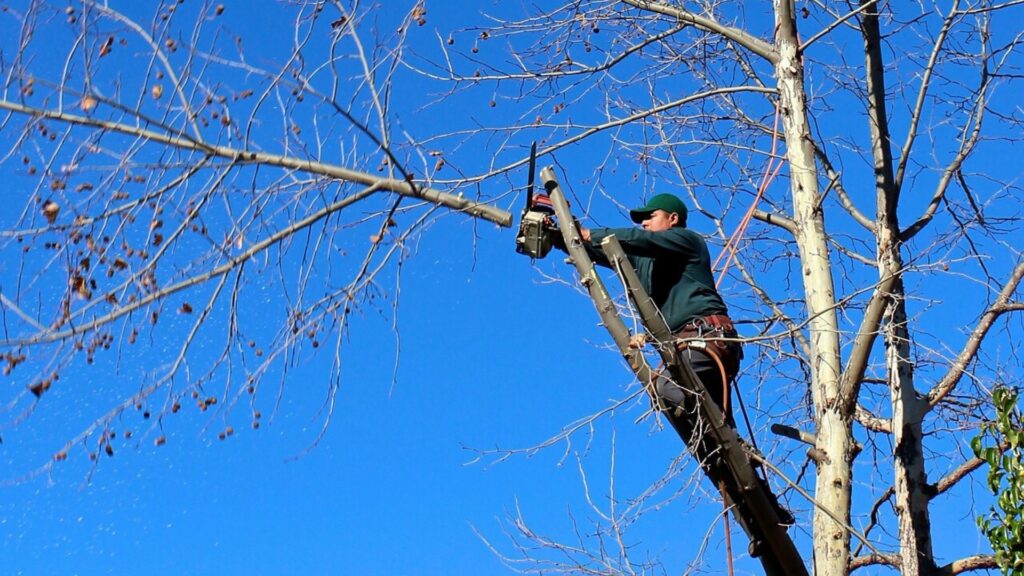
Employing proper tree felling techniques is crucial to minimize hazards during the removal process. Professionals in the Blue Mountains are trained in the art of precision cutting, ensuring that trees are safely and efficiently removed. By carefully planning the direction of the tree’s fall and making strategic cuts, they can control the tree’s descent and minimize the risk of damage to nearby structures or vegetation.
Techniques and Tools Used
Tree removal professionals in the Blue Mountains employ various techniques and tools to facilitate the process efficiently. Depending on the tree’s size and location, methods such as tree climbing, aerial lifts, and precision cutting may be utilized. Specialized tools, such as chainsaws and rigging equipment, enable safe and controlled removal while minimizing damage to the surrounding landscape.
Tree climbing is a technique often used when removing trees in hard-to-reach areas. Highly skilled professionals utilize ropes and harnesses to ascend the tree, allowing them to carefully dismantle it piece by piece. This method is particularly useful when dealing with trees that are located close to buildings or in confined spaces where traditional felling methods are not feasible.
Aerial lifts are another valuable tool in the tree removal process. These hydraulic platforms provide professionals with a safe and stable working platform at various heights. By utilizing aerial lifts, tree removal experts can access the tree’s upper branches with ease, ensuring a thorough and efficient removal process.
Precision cutting is a technique that requires skill and expertise. By strategically cutting specific branches or sections of the tree, professionals can control its direction of fall and minimize the risk of damage to surrounding structures. This method is especially important when removing trees in urban areas, where there may be limited space for the tree to fall without causing harm.
Specialized tools, such as chainsaws and rigging equipment, play a crucial role in safe and controlled tree removal. Chainsaws equipped with the appropriate bar length and cutting chain allow professionals to make precise cuts, ensuring the tree is safely dismantled. Rigging equipment, including ropes, pulleys, and slings, is used to lower branches or sections of the tree to the ground in a controlled manner, minimizing the risk of damage to the surrounding landscape.
Overall, the process of tree removal in the Blue Mountains requires a combination of skill, knowledge, and the use of appropriate techniques and tools. By prioritizing safety and employing efficient methods, professionals ensure that tree removal is carried out with minimal risk and maximum effectiveness.
The Unexpected Beauty of Tree Removal
Contrary to what some may assume, the process of tree removal can reveal hidden landscapes and unveil the unexpected beauty that lies beneath the canopy.
Revealing Hidden Landscapes
As trees are carefully removed, previously hidden features of the land come to light. Rolling terrain, rock formations, and expansive views that were once obscured by a dense forest are finally revealed, captivating onlookers with their breathtaking beauty.
Enhancing Scenic Views
Strategic tree removal in the Blue Mountains not only reveals the beauty of the land but also enhances scenic views. Trees that obstruct vistas can be selectively removed, providing unobstructed panoramas of the majestic mountains, deep valleys, and meandering rivers that make this region so unique.
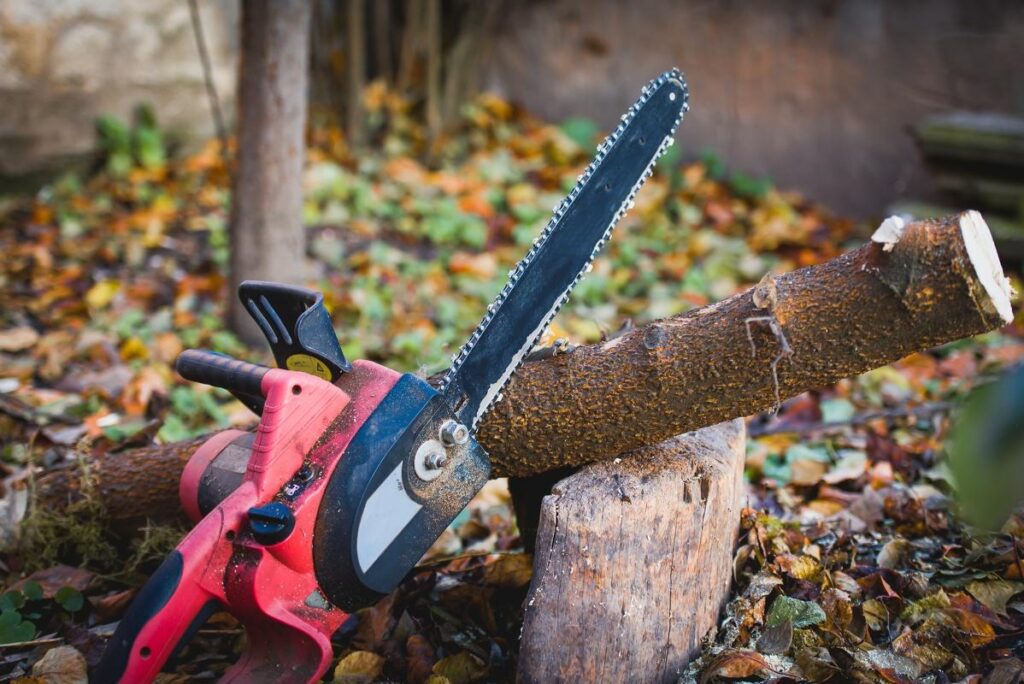
The Aftermath of Tree Removal
Once the tree removal process has been completed, the landscape undergoes a transformation, setting the stage for regeneration and new growth.
Regeneration and New Growth
The removal of certain trees creates opportunities for new plants and trees to flourish. The increased sunlight and availability of nutrients support the growth of a diverse range of vegetation, providing new habitats for wildlife and contributing to the overall health of the ecosystem.
The Role of Tree Removal in Landscape Management
In the Blue Mountains, tree removal plays a crucial role in landscape management. By selectively removing trees, land managers can maintain a healthy balance between growth and preservation. This process allows for the careful management of the region’s natural resources and the safeguarding of its unique and fragile ecosystems.
The Future of Tree Removal in the Blue Mountains
The ongoing debate surrounding tree removal in the Blue Mountains has inspired innovative practices that strive to find a middle ground between preservation and progress.
Innovations in Tree Removal Practices
Advancements in technology and techniques are continually shaping the field of tree removal. These innovations focus on minimizing the ecological impact while meeting the needs of land management and community expectations. From using drones for aerial assessments to employing sustainable wood utilization practices, the future of tree removal in the Blue Mountains is evolving to create a harmonious coexistence between humans and nature.
The Ongoing Debate: Preservation vs. Progress
The question of how to balance the preservation of the Blue Mountains’ natural beauty with the progress of land development continues to spark debate. It is a complex issue that requires input from various stakeholders, including environmentalists, land managers, and local communities. Finding common ground, where preservation and progress can coexist, is essential for ensuring the long-term sustainability and beauty of the Blue Mountains.
In conclusion, tree removal in the Blue Mountains is more than just the physical act of removing trees – it is a carefully considered and essential aspect of maintaining the beauty and sustainability of this unique region. By understanding the need for tree removal, appreciating the unexpected beauty it can unveil, recognizing the role it plays in landscape management, and embracing innovation, we can navigate the ongoing debate surrounding tree removal in the Blue Mountains and find a harmonious balance that preserves both the natural environment and the region’s undeniable allure.
Other resources: Our Expertise in Efficient Tree Removal in the Inner West

